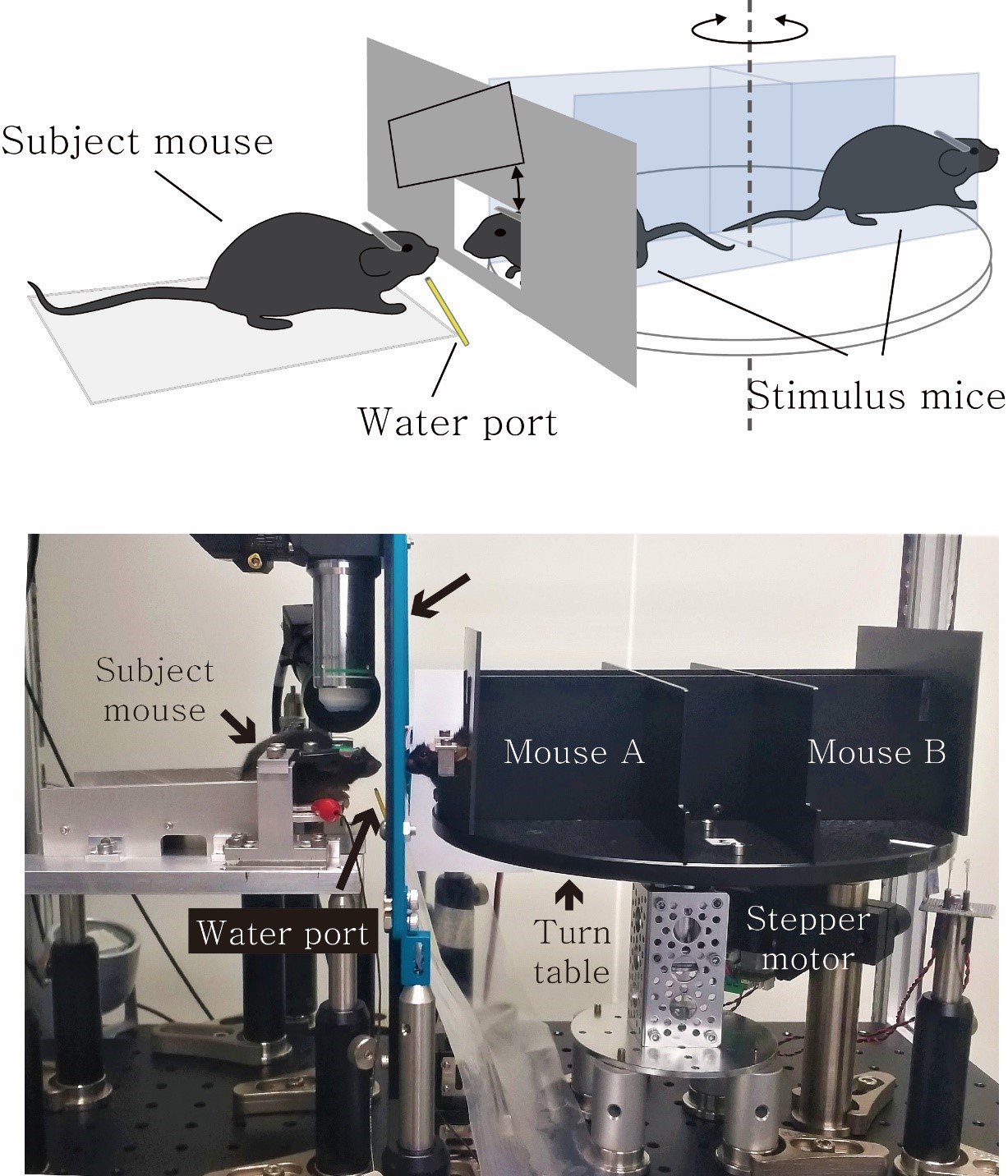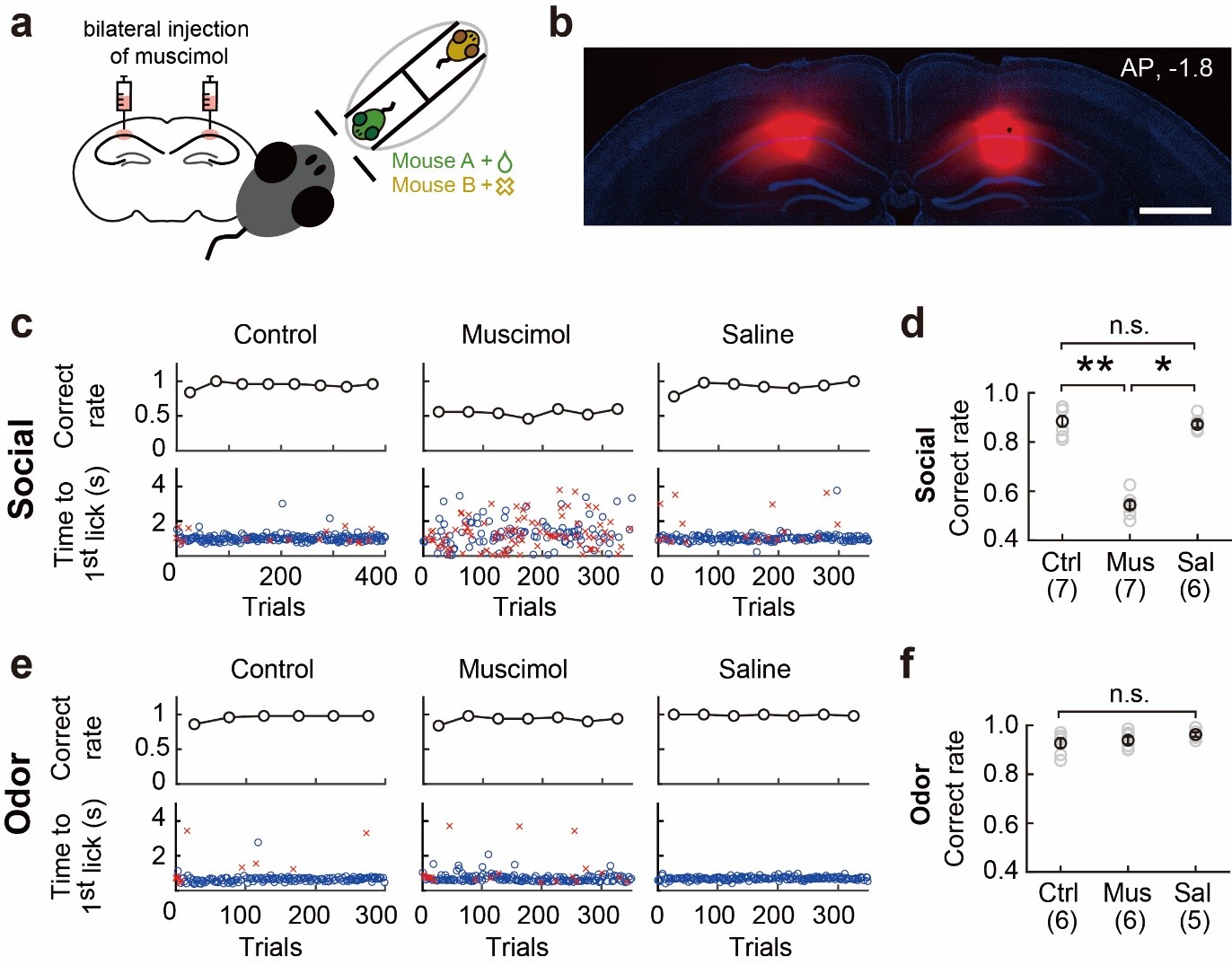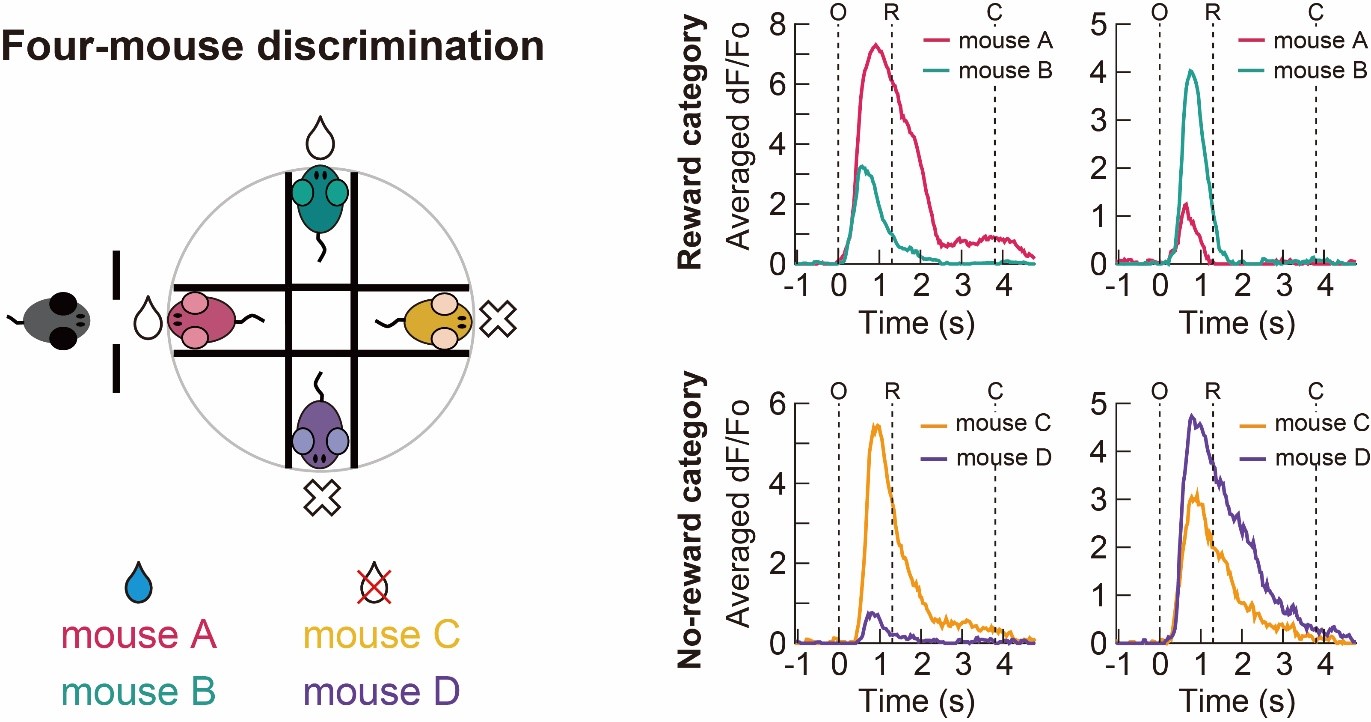주메뉴
- About IBS 연구원소개
-
Research Centers
연구단소개
- Research Outcomes
- Mathematics
- Physics
- Center for Theoretical Physics of the Universe(Particle Theory and Cosmology Group)
- Center for Theoretical Physics of the Universe(Cosmology, Gravity and Astroparticle Physics Group)
- Center for Exotic Nuclear Studies
- Center for Artificial Low Dimensional Electronic Systems
- Center for Underground Physics
- Center for Axion and Precision Physics Research
- Center for Theoretical Physics of Complex Systems
- Center for Quantum Nanoscience
- Center for Van der Waals Quantum Solids
- Chemistry
- Life Sciences
- Earth Science
- Interdisciplinary
- Center for Neuroscience Imaging Research(Neuro Technology Group)
- Center for Neuroscience Imaging Research(Cognitive and Computational Neuroscience Group)
- Center for Algorithmic and Robotized Synthesis
- Center for Genome Engineering
- Center for Nanomedicine
- Center for Biomolecular and Cellular Structure
- Center for 2D Quantum Heterostructures
- Center for Quantum Conversion Research
- Institutes
- Korea Virus Research Institute
- News Center 뉴스 센터
- Career 인재초빙
- Living in Korea IBS School-UST
- IBS School 윤리경영


주메뉴
- About IBS
-
Research Centers
- Research Outcomes
- Mathematics
- Physics
- Center for Theoretical Physics of the Universe(Particle Theory and Cosmology Group)
- Center for Theoretical Physics of the Universe(Cosmology, Gravity and Astroparticle Physics Group)
- Center for Exotic Nuclear Studies
- Center for Artificial Low Dimensional Electronic Systems
- Center for Underground Physics
- Center for Axion and Precision Physics Research
- Center for Theoretical Physics of Complex Systems
- Center for Quantum Nanoscience
- Center for Van der Waals Quantum Solids
- Chemistry
- Life Sciences
- Earth Science
- Interdisciplinary
- Center for Neuroscience Imaging Research(Neuro Technology Group)
- Center for Neuroscience Imaging Research(Cognitive and Computational Neuroscience Group)
- Center for Algorithmic and Robotized Synthesis
- Center for Genome Engineering
- Center for Nanomedicine
- Center for Biomolecular and Cellular Structure
- Center for 2D Quantum Heterostructures
- Center for Quantum Conversion Research
- Institutes
- Korea Virus Research Institute
- News Center
- Career
- Living in Korea
- IBS School
News Center
Discovery of Neurons that Recognize OthersThe hippocampus plays a crucial role in assigning positive value through interactions with others Researchers from the Center for Cognition and Sociality (CCS) within the Institute for Basic Science (IBS) recently announced the discovery of neurons that allow us to recognize others. The research team discovered that the neurons that deal with the information associated with different individuals are located in the CA1 region of the hippocampus. Social animals, including humans, constantly engage in interactions with others. In this process, the ability to recognize the identity of the social counterpart, retrieve relevant information about them from memory, and update it from the current interaction is critical for establishing social relationships. However, there has been limited research on how these processes occur in the brain. In order to answer this question, past efforts mostly focused on mouse brain studies, particularly in the hippocampus. The hippocampus was thought to be the answer, since it is a brain structure that is well-known to be responsible for memory formation. Within the hippocampus, the Cornu Ammonis (CA) fields, which are numbered CA1, to CA3, are involved in various functions related to memory and spatial processing and were hence key research interests. So far, the mouse studies on the neural mechanisms of individual recognition mainly focused on the CA2 region of the hippocampus. However, previous studies have used behavioral experiments that only involve distinguishing unfamiliar mice from familiar mice, making it difficult to interpret whether the results reflect the animal’s ability to perceive or truly recognize individual characteristics. In this study, the IBS-CCS research team developed a new behavioral paradigm using mice to better investigate their ability to recognize other individuals. Their new method involved having the subject mouse associate specific individual mice with rewards and studying their behavior after encountering reward-associated individuals and not associated individuals. Specifically, two mice were immobilized on a spinning disk and were randomly presented to a subject mouse, which would recognize the neighbor through scent. Water is then supplied from the device to the subject mouse as a reward when licking in response to the reward-associated mouse, but not another. The researchers tried to determine whether the subject mouse could discriminate against different individuals and analyzed the brain cell activity during the experiment. The stimulus mice on the spinning disk were male littermates and the subject mice were already familiar with the stimulus mice. This means that the subject mice distinguished between stimulus mice solely according to the unique characteristics of the stimulus mice, suggesting the high reliability of the experimental results. Using this behavioral paradigm, the researchers clearly demonstrated that the dorsal CA1 region of the hippocampus plays an essential role in individual recognition. For example, when the hippocampal CA1 region is suppressed using a neuroinhibitor, the subject mouse was unable to distinguish its neighbor. Also by using a two-photon imaging technique that allows real-time observation of neural cell activity in the deep regions of the brain, the IBS-CCS team even identified the specific neuronal cells in the hippocampal CA1 region that is responsible for the recognition of individual mice. This was an interesting addition to previous findings, which have proposed the dorsal CA2 region of the hippocampus to be the important brain area for social memory while reporting that the dorsal CA1 region does not play a significant role. Furthermore, researchers in the past believed that social memories in rodents only last for a short period of time and that they do not form long-term memories about individual subjects. However, the latest study by the IBS-CCS has demonstrated that long-term memories about individuals can indeed be formed in mice. Dr. LEE Doyun who led this research stated, “We have revealed for the first time how value information about others obtained through positive or negative interactions with them is represented and stored in our brains. Furthermore, this provides significant insights into understanding the role of our brains in building and developing human relationships through various social interactions.” Beyond that, the researchers have also revealed the presence of specific neurons in the subject mouse’s hippocampal CA1 region that process positive information associated with different individual mice. An important part of forming a social relationship is assigning a positive or negative value to a social encounter with another individual and updating that value. For example, just as it is essential to develop a friendship with a particular individual, it is essential to evaluate how enjoyable and rewarding it was to interact with them. These specific CA1 neurons were found to be responsive when encountering reward-associated individuals. However, such reward expectation responses were not observed when the subject was exposed to odors that are unrelated to social activity, such as citral or butanol. These findings indicate that the hippocampal CA1 region plays a selectively important role in the formation of associative social memories. It is hoped that this new discovery can lead to a potential solution for the treatment of various brain disorders that cause difficulty in forming social relationships. “Our results could be utilized to understand and propose treatment methods for mental disorders such as autism, which exhibit abnormalities in brain functions involved in processing memories and related information about others,” explains Dr. Lee.
Notes for editors
- Reference
- Media Contact
- About the Institute for Basic Science (IBS)
|
| Next | |
|---|---|
| before |
- Content Manager
- Public Relations Team : Yim Ji Yeob 042-878-8173
- Last Update 2023-11-28 14:20














